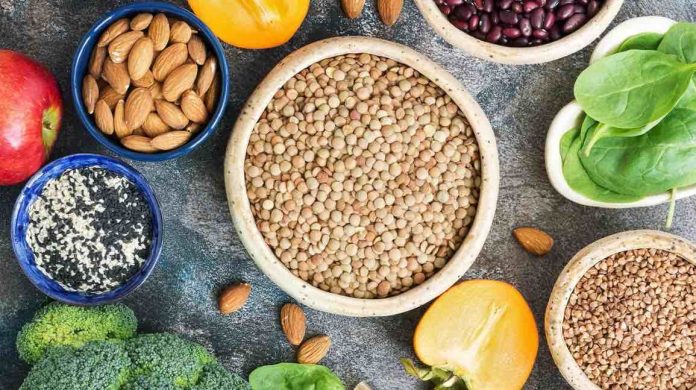A new study, “Dietary Iron Intake and Body Iron Stores Are Associated with Risk of Coronary Heart Disease in a Meta-Analysis of Prospective Cohort Studies,” from the Indiana University School of Public Health-Bloomington has bolstered the link between red meat consumption and heart disease by finding a strong association between heme iron, found only in meat, and potentially deadly coronary heart disease.
The study found that heme iron consumption increased the risk for coronary heart disease by 57 percent, while researchers found no association between nonheme iron, which is in plant and other non-meat sources, and coronary heart disease. Along with first author Jacob Hunnicutt, a graduate student in the school’s Department of Epidemiology and Biostatistics, the study’s co-authors are Ka He and Pengcheng Xun, faculty members in the department.
Hunnicutt said, according to the news release, “Study: Iron consumption can increase risk for heart disease,” that the link between iron intake, body iron stores and coronary heart disease has been debated for decades by researchers, with epidemiological studies providing inconsistent findings. The new IU research, a meta-analysis, examined 21 previously published studies and data involving 292,454 participants during an average 10.2 years of follow-up.
The new study is unique because it looks at the associations of total iron consumption as well as heme and nonheme iron intake in comparison to the risk of coronary heart disease. The only positive association involved the intake of heme iron.
The body treats the two kinds of iron differently
It can better control absorption of iron from vegetable sources, including iron supplements, but not so with iron from meat sources. “The observed positive association between heme iron and risk of CHD may be explained by the high bioavailability of heme iron and its role as the primary source of iron in iron-replete participants,” the researchers wrote in the journal article.
“Heme iron is absorbed at a much greater rate in comparison to nonheme iron (37 percent vs. 5 percent). Once absorbed, it may contribute as a catalyst in the oxidation of LDLs, causing tissue-damaging inflammation, which is a potential risk factor for CHD,” the scientists explained in the journal article.
Iron stores in the body increase over time
The only way to reduce iron in the body is by bleeding, donating blood or menstruation. Some dietary choices, such as coffee and tea, also can inhibit iron absorption.
Future research is needed to establish the causal relation and to elucidate potential mechanisms. An NIH grant R01HL081572 in part supported the study.








